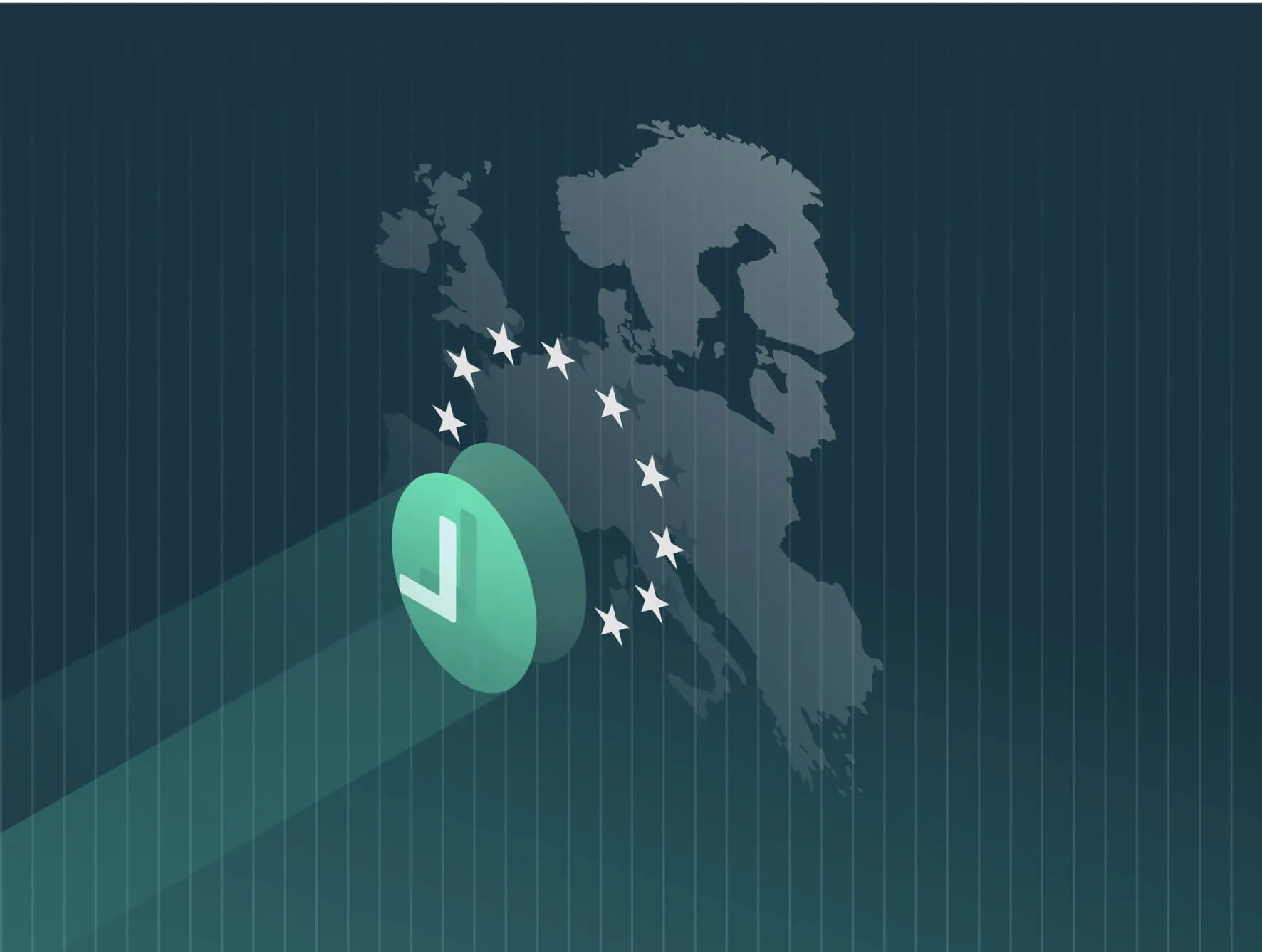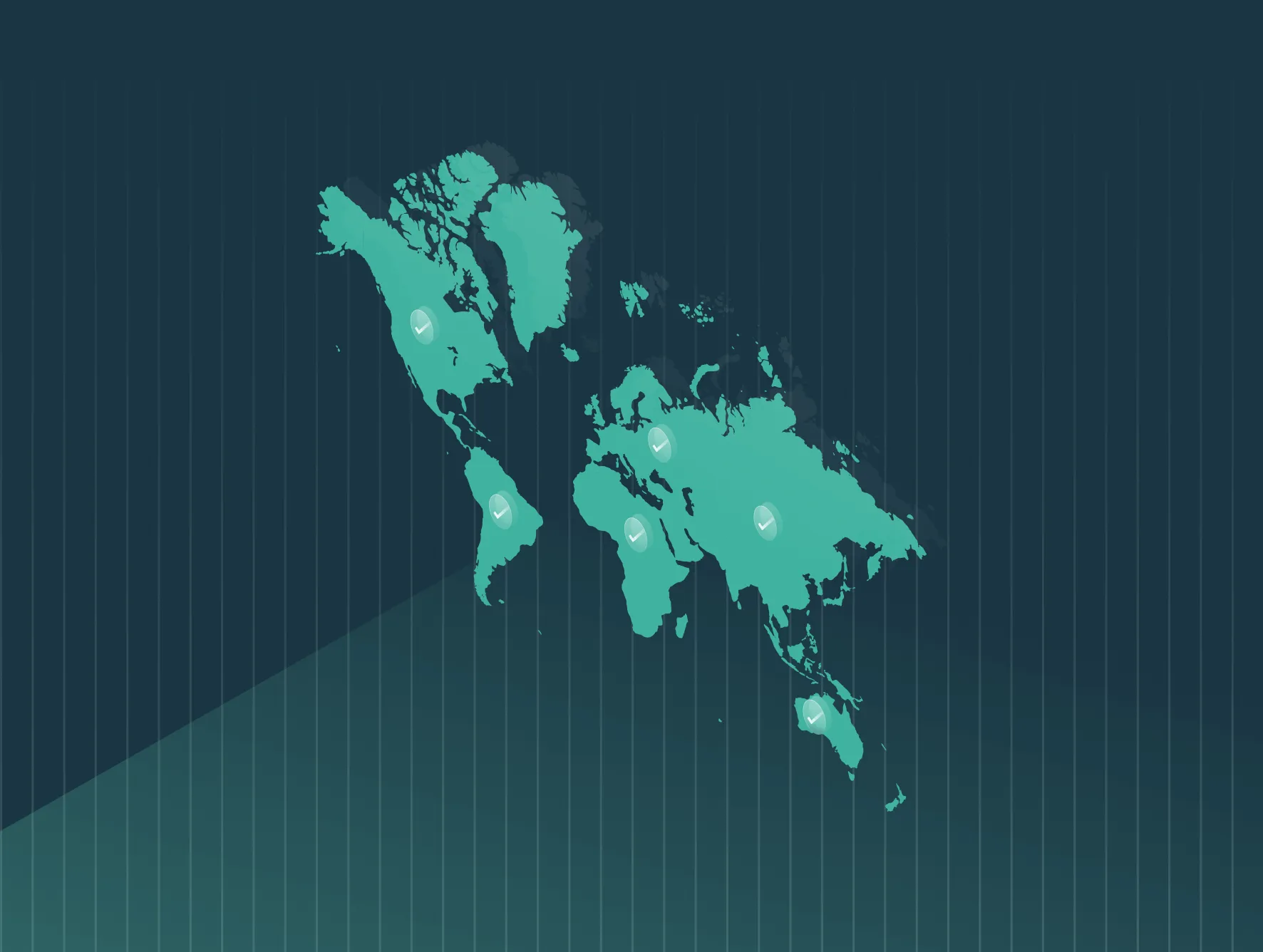Employers with 150 or more employees in Ireland must publish gender pay gap information by December 2024. The exact deadline is six months after the employer’s chosen snapshot date in June, 2024. Applicable organizations are also required to prepare a written statement explaining any pay differences based on gender.
The statement must also detail measures that are being taken or proposed to eliminate or reduce pay gaps. Ireland’s gender pay gap as of 2022 was among the lowest in Europe at 9.6%.
Employers with 250 or more employees have been required to publish gender pay gap reports since 2022. Employers with 50 or more employees must comply starting June 1, 2025.
This serves as a decent indicator of what employers with operations in Ireland should expect from the nation’s transposition of the EU Pay Transparency Directive.
Irish Employers’ Pay Transparency Requirements
As detailed above, Irish employers with 150 or more employees must publish gender pay gap reports annually. Organizations with 50 or more employees will be phased in June 1, 2025.
Under the Gender Pay Gap Information Act of 2021, employers must also detail measures that are being taken or proposed to eliminate or reduce pay gaps.
Get Assistance With Ireland Gender Pay Gap Reporting Compliance
The Act requires employers to select a reporting “snapshot date,” during the month of June. From there, you must publish your gender pay gap data six months after that date. Organizations are required to report on the following metrics:
- Difference (in percentage) between the mean and median hourly remuneration of male and female employees, part-time employees, and employees on temporary contracts.
- Difference (in percentage) between the mean and median bonus remuneration of male and female employees, part-time employees & employees on temporary contracts.
- Difference in the percentage of male and female employees paid bonuses.
- Difference in the percentage of male and female employees who received benefits-in-kind.
- Percentage of male and female employees in each of the lower, lower middle, upper middle and upper quartile pay bands.
- Employer’s opinion on the reasons for such differences.
- Measures (if any) proposed or taken to eliminate or reduce such differences.
The pay data on which calculations are based will reflect employee remuneration for the 12 months preceding the snapshot date.
Enforcement of the Act is overseen by the Workplace Relations Commission (WRC) and the Irish Human Rights and Equality Commission (IHREC).
An employee who claims that his or her current employer has failed to comply with publishing gender pay gap information may file a complaint with the WRC, which will investigate to ensure compliance.
Financial penalties for non-compliance are not specified in the Act.
Action Items for Irish Employers
Employers with 150 or more employees in Ireland as of June 2024 should ensure they have conducted a pay equity analysis. The analysis should take into account variable compensation such as bonuses, equity awards, etc.
Achieve Authentic Pay Equity and Ensure Compliance
From there, build your contextual narrative. Leverage detailed information about the difference between your raw and adjusted pay gap. Doing this correctly will satisfy the “reasons for such differences” requirement.
Once you’ve provided adequate context by providing the adjusted pay gap — developed from including relevant Wage Influencing Factors — you can outline your organization’s remediation strategy for the remaining unexplained pay gap.
Access our Pay Equity Deep Dive Series blog to learn more about how to approach your remediation strategy. This will inform your written statement.
Leverage Compliant Workplace Equity Software
Employers with operations in Ireland, or the European Union at large, should leverage available workplace equity software resources to simplify the process.
The EU Pay Transparency Directive, which will be enacted in some member states as soon as 2025 and will be in effect for all member states by June 2026, is the tipping point. For large, multinational employers, this means a centralized global pay equity strategy is vital. Trusaic’s workplace equity software product suite and expert support enables you to develop a cohesive global pay equity strategy that will ensure compliance and integrate into your total rewards and talent management strategy seamlessly.
Our three-pronged approach is a cut above other solutions:
- Leverage the Regulatory Pay Transparency Reporting™ solution and easily complete required reporting by compliance deadlines.
- Leverage PayParity® to understand, explain, and resolve pay inequities. And now, with R.O.S.A., you can optimize the spend of your remediation budget to ensure you are maximizing the ROI of each dollar spent.
- Leverage the pay equity product suite to communicate narratives and share salary ranges with confidence. Communicate the sources of your pay gaps, progress objectives, and corrective measures to employees and internal stakeholders. Show data-backed progress in your pay gaps over time.
Our comprehensive pay equity software solutions and on-demand expert support is with you every step of the way. With Trusaic, you can proceed with confidence, knowing you are working toward achieving pay equity with the backing of methodology that is legally compliant.








